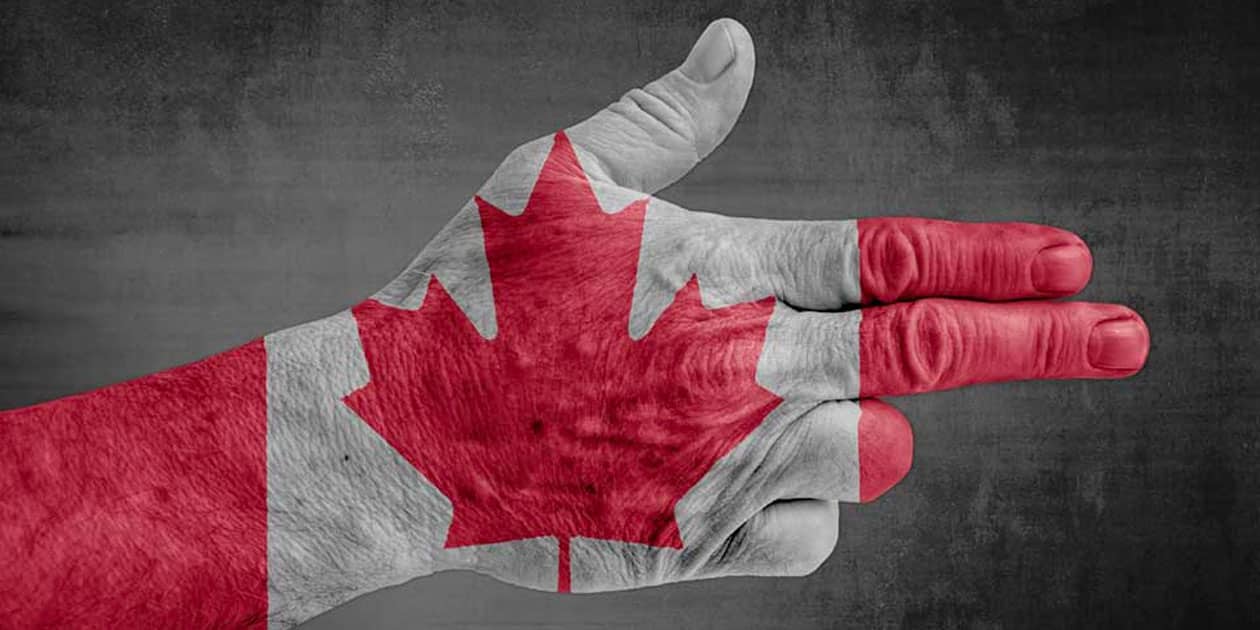
The process was set in motion by the government’s 2020 ban on semiautomatic rifles.
In April, federal Public Safety Minister Marco Mendicino revealed the “first phase” of the program was underway. Canadian journalists report it involves a contract with a group representing the nation’s firearms industry and hunting organizations, the Canadian Sporting Arms and Ammunition Association (CSAAA).
Through the contract, the CSAAA is working with the firearms retail industry. The initial phase, reports confirm, targets roughly 11,000 firearms and parts now prohibited by the Canadian government.
The sweeping ban left many businesses in a serious bind. Even some smaller operations had hundreds of thousands of Canadian dollars invested in their inventory, which is getting outdated and would likely have to be somehow disposed of at a major loss.
CSAAA President Wes Winkel expressed the reluctant role the group, which received a contract worth over C$700,000, is playing in the gun confiscation scheme.
“As much as we may not like it, and I assure you we don’t like it, the law of the land is that currently these firearms are listed as prohibited…We’re unable to sell them, we’re unable to move them, and right now our businesses have to pay to store these firearms and pay to insure these firearms, and the businesses would like nothing better than to get compensated for this and to get the firearms off their books.”
The Canadian government enlisted the group to gather data on business inventories and the values of banned weapons in stock that dealers and distributors hold. The CSAAA declared on its website that it is not assisting in the collection of firearms or deactivating them at the behest of federal authorities in any way.
They are offering to help dealers who are unsure of how to determine their inventory’s worth.
The group is only working with dealers and distributors, not individual gun owners.
The CSAAA statement also cast doubt on the process, noting there is not a federal financial allocation for the confiscation/buyback program, nor is there “a concrete process of implementation.” It also questioned where the 11,000 firearms figure originated as there has been no data provided by authorities.
Winkel recently told an interviewer that his organization is hardly “partnering” with the Canadian government to strip firearms from the hands of law-abiding citizens. “Using the term ‘partner’ is kind of like saying that the person hanging from the gallows is a partner of the person that’s operating the gallows.”
The original plan was to use the sprawling country’s smallest province, Prince Edward Island, as a launching point for the pilot program. There are less than 6,500 licensed gun owners there, as compared to over 600,000 in Ontario.
This blueprint, which was scheduled to roll out this spring, has now been scrapped. A federal memo declared there is “currently no public timetable for when the buyback program will begin.”
Because of this, the government was forced to extend its amnesty end date to Oct. 30, 2023.
Prime Minister Justin Trudeau’s great overreach has been a miserable failure thus far. Organizers appear to have no concept of how to carry out the task of efficiently confiscating weapons from Canadian citizens and businesses.
Without a doubt, anti-gun zealots in the U.S. are closely watching this effort by our northern neighbor for directions on how to implement a similar program in this country. Of course, the Second Amendment is standing in their way like a giant stone wall, but many hope to change that in the near future. Without continued defense of precious constitutional freedoms, the fate of Canadian gun owners may very well become our own.
